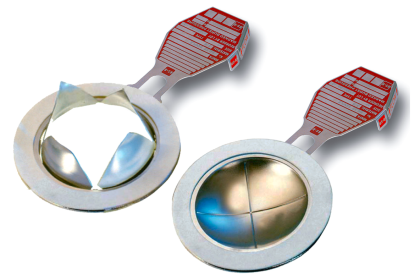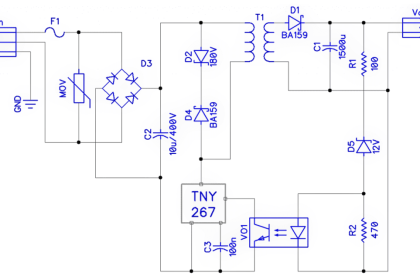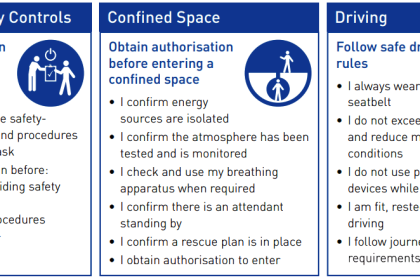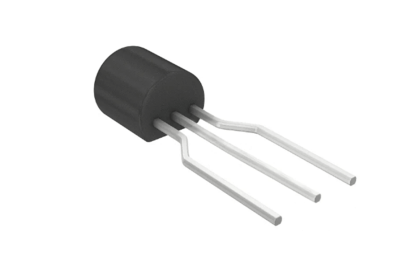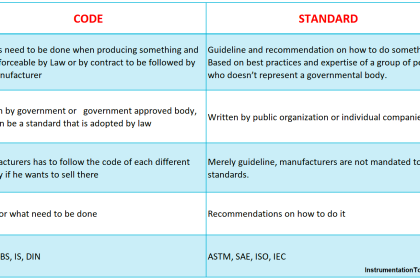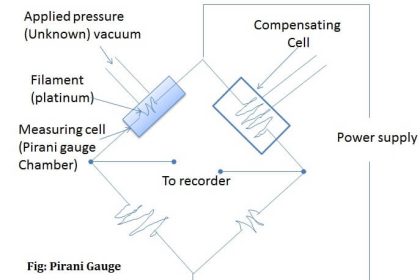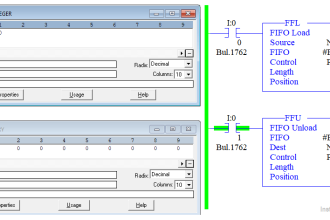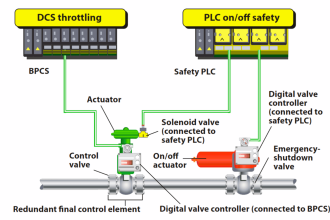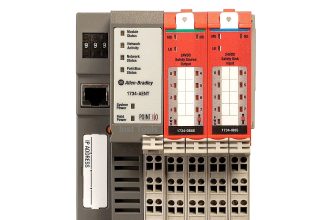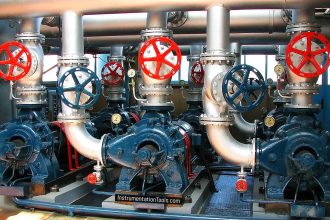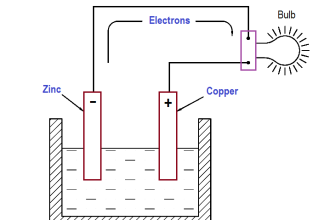This article is about the embedded systems and their features, types, and applications areas where these embedded systems were used.
Introduction to Embedded Systems
Embedded systems are computing devices that do a specific focused job. An embedded system is a microprocessor or microcontroller-based system of hardware and software designed to perform desired functions for mechanical and electrical systems.
The word embedded defines the integration of hardware and software systems usually an integral part of a larger system. Multiple embedded systems can coexist in a larger functional system. Appliances such as mobile phones, printers, and air conditioners are some of the good examples of embedded systems.
Special Features of Embedded Systems
Features of Embedded Systems are as follows:
- Embedded Systems are task-specific. They do some specific tasks repeatedly over their lifetime.
- Embedded systems have very limited resources.
- They are created to perform the task within a timeframe.
- They have a minimal user interface only. Embedded systems will do the function when the operation is set and stops when the task gets over.
- Embedded systems are built to achieve certain efficiency levels.
- Embedded systems are stable and reliable and the users cannot upgrade the functions directly. These embedded systems are expected to function for long durability without any difficulties.
Types of Embedded Systems:
Embedded systems were classified into two major categories.
They are.
- Performance and Functional Requirements.
- Performance of Microcontrollers
From these two types, we will see briefly about Performance and Functional Requirements.
Performance and Functional requirements
These Performance and Functional Requirements have been classified into four major categories as per the work environment and functions.
- Stand-alone embedded systems
- Real-time systems
- Networked information systems
- Mobile Devices.
Stand-alone Embedded Systems
Stand-alone embedded systems do their work on their own. They take inputs, process them, and give the desired input. The input can be electrical signals from the sensors or the manual push buttons pressed by humans. Then its output also electrical signals to drive another system, an LED display or LCD Display for providing information to the users. Embedded systems used in process control, automobiles, and consumer electronics items are coming under these standalone embedded systems. In a process control system, the inputs from sensors convert the physical entity such as temperature and pressure into its equivalent electrical signal.
These electrical signals are processed by the system and the appropriate electrical signals are produced. These produced signals were used for the connected output for performing the required function. Examples like microwave ovens, digital cameras, MP3 players, Temperature measurement systems, and Water control systems have the principle of stand-alone embedded systems.
Real-Time Embedded Systems
Embedded systems in which the work has to be done in a specific time are called Real-time systems. Real-time embedded systems need to complete the functions within a specific period of time.
The most important thing in this type is should complete the work before the deadline, if not means the function and devices may lead to failure. For developing the real-time embedded systems process like time analysis, multitasking, debugging, and cross-functional platform work needs to be done for perfect implementation. Other than the meeting deadline function, quick response for the input action is also important in the real-time system.
Some examples of this system are
- Controlling elevators, doors, and lights in the building
- Cobotics
- Traffic control system
- Satellite and Telecommunication systems
- Patient monitoring systems
- Interfaces of audio, and video in the multimedia
- Tracking & Controlling in defense areas
Real-Time embedded systems have two categories:
- Hard Real-Time Systems
- Soft Real-time Systems
Hard Real-Time Systems
In hard real-time systems, missing a deadline may lead to a big problem. For example, a missile has to be launched from the station. The missile contains an embedded system that makes the missile launch for carrying the satellite into space.
The missile needs to be launched at the exact time, if there is a time delay means that will collapse the satellite and missile function because there will be a setting in the satellite that will function at an accurate time only. If it exceeds the time limit means we will get the wrong function as output which leads to lots of loss in time, and money. Hence this hard real-time system needs to be accurate.
Soft Real-Time Systems
In soft-real time systems, meeting a deadline is important but missing the deadline will not lead to a big problem. In some embedded systems, deadlines are imposed but not adhering to them once in a while may not lead to problems.
For example, consider a Television you are giving a command to on the system through remote control, and there is a delay of milliseconds in executing that command. But that won’t cause any big implications. Such systems are called soft real-time systems.
Network Information appliances
Embedded systems that are provided with network interfaces and accessed through networks such as Local Area Networks (LAN) or the Internet are called network information appliances. Such an embedded system is connected to a network called, typically using TCP/IP (Transmission Control Protocol/ Internet Protocol), such as the Internet. These systems have emerged in recent years. Current trending technology like IoT and IIoT use this type of embedded system only.
For example, a web camera can be connected to the internet. This web camera sends pictures to the user through the computer or mobile with the help of an internet connection with the same network. So, the web camera has to run the HTTP server software in addition to the TCP/IP protocol stack.
Mobile Devices
Mobile devices such as mobile phones, smartphones, smartwatches, and Personal Digital assistants are the special categories of embedded devices. Though the PDAs do many general-purpose tasks, they need to be designed just like the conventional embedded systems.
Though the mobile devices have advanced embedded features they have limitations of small size, memory constraints, and lack of good interfaces. So, considering mobile phones, PDAs are capable of supporting general-purpose application software.
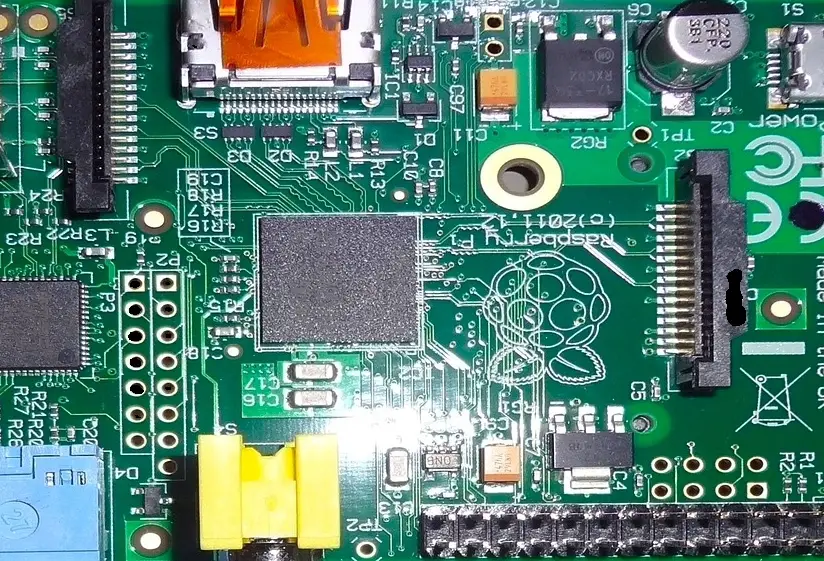
Important Factors of Embedded Systems
Some of the important factors are mentioned below.
Performance:
Many embedded systems have time constraints. For instance, in a control system process, if the pressure reaches its maximum limit the valve needs within the timeframe of 20 milliseconds.
If it does not meet the time requirement then it will lead to a big problem. In some important applications, the major performance depends upon the timeframe only.
Cost:
Cost plays an important factor in the selection of the embedded control. This selection depends on cost and can vary as per the application. There is a difference between aerospace embedded systems and consumer electronics embedded systems.
Cost may not be prior in aerospace but in consumer electronics, it should be an important priority. As per the needs and usage cost shows a vital part in embedded systems.
Power consumption:
Most of the embedded systems use batteries as the power source. This makes the system very compact and easy to use. But it will drain after a certain time and we need to recharge it on a regular basis. So for avoiding frequent recharging, the power of the embedded system has to be low.
Size:
Size is also a certain factor in embedded system design. As per the applications and usage, its size should be defined.
For example, the size of the mobile phone needs to be small as it should be compact and needs to access with our handholds. Similarly, the size of the spacecraft needs to be big as its applications have huge functions to perform.
Limited User Interface:
These embedded systems have less user interface and, in some cases, it does not have a user interface. It just takes inputs from an electrical signal and produces the output. It is considered a drawback only but by this, there is no change in the functions and performance as usual the system gets worked with the help of inputs and outputs.
Software upgradation capability:
Different software is required for different systems. This software develops the functional logic for performing the operation. Once the software is developed in the system it has to work till the system’s work duration.
If there is any upgradation needed as per the requirement, we can do the upgradation. The embedded system supports this option very smoothly and neatly.
Application of Embedded Systems
The embedded system is one of the highest growth areas in today’s world, nearly 90 % of the processors manufactured end up in the embedded systems.
These embedded systems are extensively used in the areas like consumer electronics, industrial automation, wireless technology, office automation, instrumentation, medical electronics, security, finance, Telecommunication, computer networking, and so on
Consumer Electronics:
Home appliances like television, washing machine, refrigerator, microwave oven, digital cameras, air conditioners, and so on are some examples of embedded systems controls in our daily usage in domestic applications.
Industrial automation:
A lot of industries’ process control is done by the embedded system only. Industries like oil & gas, pharma, power generation, and transmission. The embedded systems are used in industries mainly for carrying out specific tasks such as monitoring, controlling, and visualizing the parameters like current, voltage, temperature, pressure, humidity, etc.
Office automation:
The office automation products like printers, scanners, xerox machines, modems, and telephones are designed using embedded systems only which makes the work simple and easier.
Wireless Technologies:
Advances in mobile communication are paving the way for many interesting applications made by embedded systems control. Mobile phone is the best-embedded product in the 20th century, from this mobile phone we can do many activities. Like talking to each other from far away, navigation, and a camera are the best features of mobile phones.
Telecommunication:
In telecommunication areas embedded systems are used in network equipment and user terminals. User terminals are nothing but telephones, mobile phones, terminal adapters, and web cameras are embedded systems
Instrumentation:
In the engineering and manufacturing field, testing and measuring instruments play an important factor. The measuring equipment we are using in the lab is to measure weight, current, temperature, and pressure containing embedded systems only.
Security:
Security has always been a major issue; we need to protect our items and valuables. That information we transmit and store. Security applications are also one of the developing fields in today’s world. For example, security devices in offices, airports, etc for authentication and verification are embedded systems.
Medical Electronics:
Almost every piece of medical equipment in hospitals was made up of Embedded systems only. This equipment includes diagnostic aids such as ECG, EEG, Blood Pressure measuring devices, X-ray scanners equipment used in medical treatments, scanning areas, and operation theatres.

